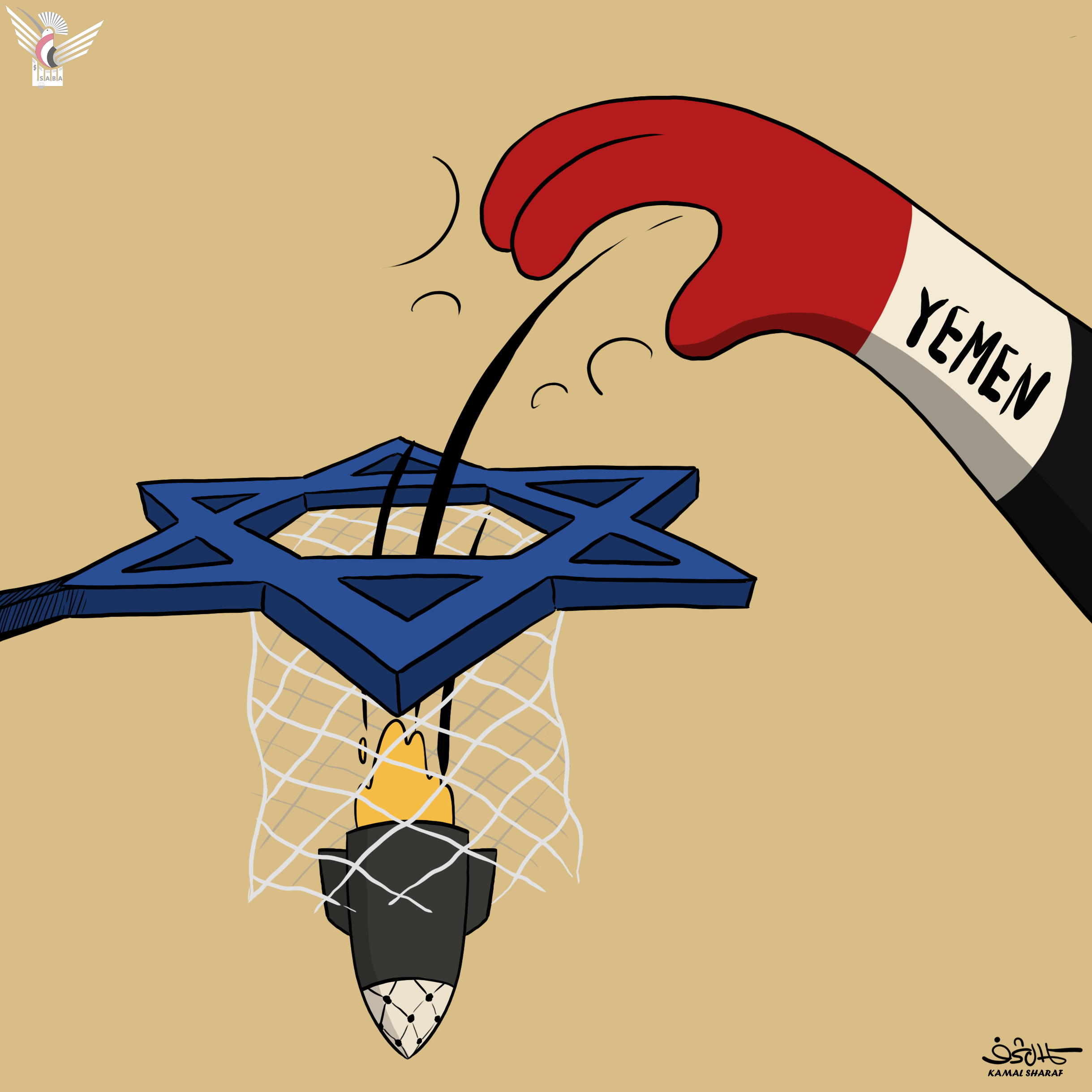Beirut – SABA:
The Al-Manar news website confirmed that the Yemeni Armed Forces, through their recent strikes at the heart of the occupied entity, have imposed a new equation: “escalation for escalation” and a war of attrition in response to a war of annihilation.
In a report on Yemen’s stance in support of Gaza, Al-Manar stated that this marks a qualitative shift in the balance of power in the region, where the so-called “deterrence myth” of the Zionist regime is now a fading image, eroding under the continuous Yemeni attacks.
By consistently carrying out high-level military operations targeting the depths of the Zionist entity, the Yemeni Armed Forces have moved beyond symbolic solidarity with Gaza, becoming a decisive factor in the regional deterrence equation, reshaping the contours of confrontation in the region.
The report noted that the timing of these strikes, particularly those executed in broad daylight, reveals Yemen’s awareness of the psychological impact on the enemy’s internal front. This has resulted in partial paralysis of daily life and a noticeable increase in panic within settlements, as seen in the complete evacuation of a sports stadium following a sudden security alert.
On the ground, the reality confirms that Sana’a now controls the course of escalation and holds the initiative, implementing a strategy of “compound attrition” against the enemy. This is evident in Yemen’s ability to impose an informal air blockade, disrupt strategic ports, and even threaten specific facilities such as Haifa.
The Yemeni position, the report stressed, has gone beyond military calculations to reflect a clear moral and pan-Arab commitment in confronting the ongoing aggression against Gaza. Despite the continuous bombardment targeting infrastructure in and around Sana’a, Yemen’s leadership insists on continuing operations as part of its responsibility toward the Palestinian people and their resistance.
This approach has strengthened Yemen’s political presence in the conflict equation and disrupted the calculations of the occupying entity, which has long relied on Arab and Islamic fragmentation.
The report goes further to assert that these Yemeni attacks have supported the Palestinian resistance’s negotiation stance, which has rejected ceasefire offers based solely on fulfilling the occupation’s conditions.
Since the beginning of the war on Gaza, over 70 missiles and more than 300 drones have reportedly been launched from Yemen. This, according to the report, has clearly affected the dynamics of the conflict, altered deterrence formulas, and forced the occupation into a state of constant alert — significantly increasing the political and economic cost of the aggression.
In a direct reminder of the failure of the enemy’s intelligence and military capabilities — including those of its allies, led by the United States — the report pointed out that the inability of satellites and U.S. defense systems to detect missile and drone paths from Yemen reveals a deep flaw in the enemy’s surveillance and deterrence infrastructure.
Despite the high cost of operating air defense systems, they have failed to provide “complete security.” Meanwhile, Yemeni drones now send multifaceted messages that the threat is not limited to Gaza or the northern front — it reaches the strategic heart of the occupying entity.
Yemeni attacks have not been confined to the military front. Their effects, the report notes, extend to economic and psychological domains. Economic losses from halted flights, declining tourism, and the disruption of ports and shipping in the Red Sea and Indian Ocean are estimated in the billions of dollars — at a time when the Israeli economy is already declining under the weight of the war on Gaza.

| more of (Reports) |




